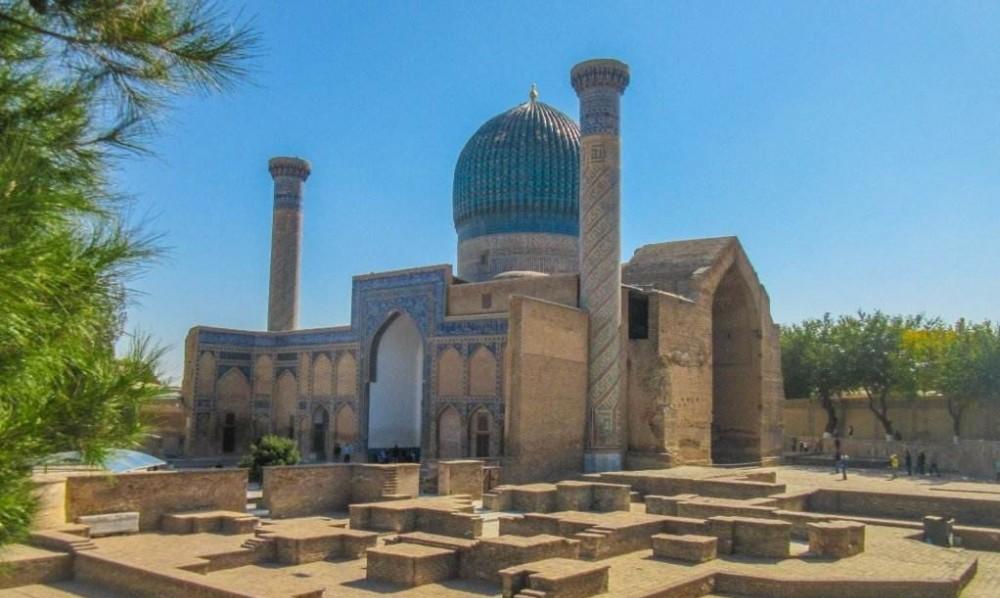In the ancient city of Samarkand in Uzbekistan, there is a royal cemetery called the Tomb of Gur Amir, which was built during the lifetime of the Central Asian conqueror Timur the Great, and his body was buried after Timur's death in 1405 AD. In addition to Timur, many members of the Timurid family are buried in the mausoleum, and King Ulub, known as the most outstanding astronomer of the fifteenth century, is also buried here.

Amir Gul Cemetery
In 1941, more than five hundred years after the completion of the Gur Emir Mausoleum, the Soviet archaeologist Gerasimov led an archaeological team to the city of Samarkand, and despite the persuasion of the locals, they insisted on entering the underground burial chamber in the Gur Emir Cemetery for archaeological research. Later, with the intervention of the Soviet army, Gerasimov and his party successfully entered the catacombs and found the remains of Timur and a headless corpse.
When Gerasimov and the others entered the underground burial chamber, they found that there were nine sarcophaguses in the burial chamber, each containing a corpse in which the bodies of Timur and his descendants were buried. Gerasimov first studied Timur's remains, then opened eight other sarcophagi, and when he opened the fourth sarcophagus, Gerasimov found a corpse with a severed head, and when the sarcophagus was all opened, the members of the archaeological team found the head of the deceased in the legs of the corpse.
The catacombs in the Mausoleum of the Emir gul
The severed head of the corpse soon attracted the attention of Gerasimov, who decided to study the body's origins, and after consulting local history books and sources, Gerasimov judged that the corpse was Timur's grandson, the third ruler of the Timurid Empire, Ulugh.
Born in Samarkand in 1394, Ulugh became the new ruler of the Timurid Empire after the death of his father Shahru. But this wise ruler was not good at ruling the country, he was good at studying culture and science, and during the reign of Ulugh, he ordered the construction of an observatory in Samarkand, and then led some scholars to study the stars in the sky all day and draw a very accurate astronomical table.
Gerasimov and members of the archaeological team
Although Ulugh bless the ability to govern, it is undeniable that during his reign, the scientific and cultural research of the Timurid Empire reached its peak, leaving many valuable materials for future generations. In his later years, the political struggle in the court intensified, and one night, Ulugh used astrology to tell his fortune, and predicted that he would be killed by his eldest son Abdu, so the terrified Ulugh deposed Abdu and exiled Him to the wilderness.
Abudu's actions infuriated abdus, and he immediately led his loyal soldiers directly to Samarkand, and successfully captured Ulub alive, and after negotiations, Ulub decided to abdicate the throne, and Abdus allowed Ulub to go on the Hajj. However, when Ulubb and his party had just left Samarkand, Abdus sent assassins to intercept Ulugh And brutally killed his father.
Statue of the Woodlubber
Later, Gerasimov also judged that Ulugh Washeaded by assassins, and in the nomadic conception, for the noble people who made mistakes, they must end their lives in a bloodless way, and they must not beheaded with sharp weapons, but Abdus ordered the head of his father Ulubb to be cut off with a machete, regardless of human ethics and tradition.